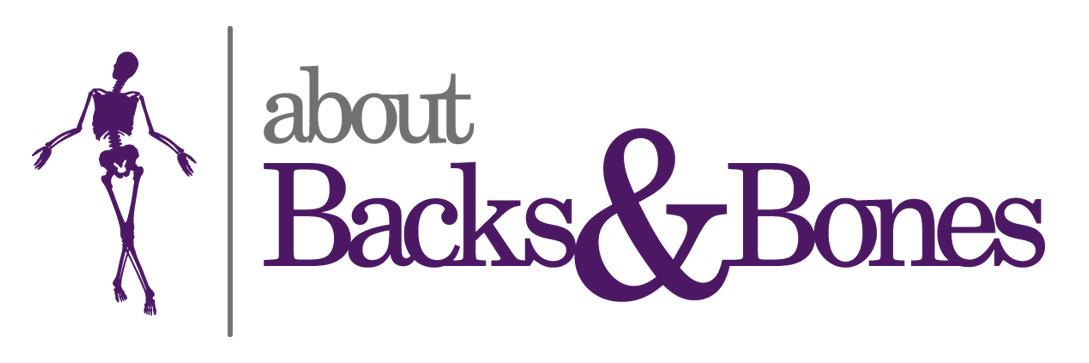Names define us as individuals, they explain the origin of our towns and villages and can create illusions which sometimes need digesting to understand.
Take, for instance the name seen on the back of a vehicle recently, which ended in ‘thermologistics’ – it took a moment to realise it was an impressive name for a refrigerated lorry!
Similarly, the public are often confused by the term ‘osteomyologist’; ‘osteo’ meaning ‘bone’ and ‘myo’ being ‘muscle’ –‘logist’ in this case referring to the person performing the afore mentioned bone/muscle treatments. In other words, that would be an osteopath, or a chiropractor...or a physiotherapist...Right?
Wrong! “What is the difference between them” is probably the question I am asked most. I worked for over 20 years with physio’s, trained for 4 years as a chiropractor and qualified as an osteopath, so I am probably in a good position to answer this. The difference between them and an osteomyologist is that the former are all statutory regulated by law whereas the latter, although may be well trained, does not have the title protected, which means someone without training could also call themselves this name.
Physiotherapists are best known for working in hospitals in rehabilitation. They need a further short course to become specialised musculoskeletal practitioners, and often then work in private clinics. Their training focuses on providing rehabilitation through massage and exercise, although some will also train in manipulation (cracking joints).
Osteopaths and chiropractors are more similar. Their 4/5 training is virtually identical, although manipulation techniques vary. Many modules follow that of a medical student (as do physiotherapists) eg differential diagnosis or radiology. Chiropractic treatments tend to include more manipulation than osteopathic treatment and focus on aligning the joints, especially the spine. Osteopathic treatment focuses on mobilising joints to improve the way they function and as well as including manipulation, generally have more massage which tends to make the treatment little longer.
However, once qualified, the training boundaries dissolve; eg osteopaths may use more manipulation, and some chiropractors may prefer to include massage. For example, I have been on osteopathic, chiropractic AND physiotherapy courses to treat pregnant mothers and babies in order to expand my knowledge and have done other courses eg acupuncture, with GP’s and dentists...
Is that any clearer??
